Louisville's Shelter In Place: A Community's Response To A Current Crisis And Past Trauma
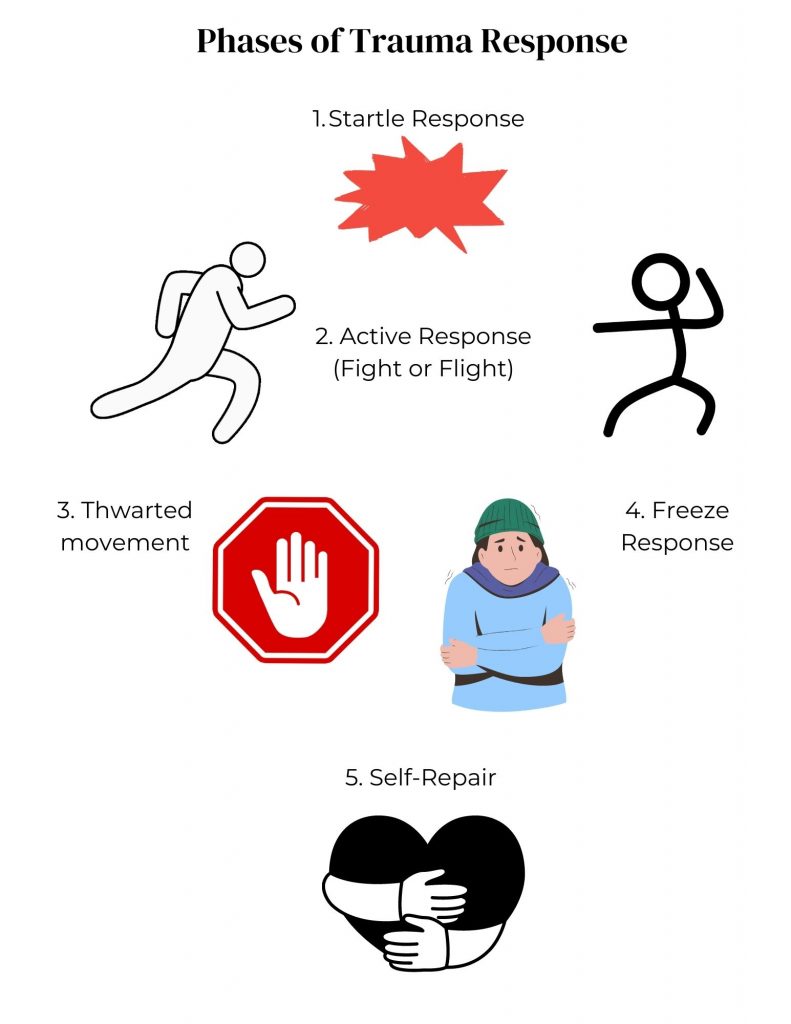
Table of Contents
Louisville's Immediate Response to Shelter-in-Place Orders
Economic Impacts
The COVID-19 pandemic and subsequent shelter-in-place orders delivered a significant blow to the Louisville economy. The resulting economic fallout included:
- Job losses: Many sectors, particularly hospitality and tourism, experienced widespread layoffs and furloughs, leading to a surge in unemployment in Louisville.
- Business closures: Small businesses, already facing challenges, were forced to shutter their doors temporarily or permanently, impacting the city's vibrant commercial landscape.
- Increased reliance on social safety nets: Many Louisvillians found themselves relying on unemployment benefits, food banks, and other social safety nets to make ends meet.
- Government aid programs implemented: Federal and state aid programs, such as the Paycheck Protection Program (PPP), offered some relief, but the distribution was uneven and many businesses and individuals fell through the cracks.
- Creative solutions from local businesses: Despite the challenges, many Louisville businesses demonstrated impressive creativity and adaptability, pivoting to online sales, delivery services, and other innovative strategies to stay afloat. The resilience of these small business owners is a key element in Louisville's post-pandemic recovery. The impact on the Louisville economy was significant and far reaching, affecting everything from the job market to small business support in Louisville.
Community Support Networks
In the face of adversity, the Louisville community rallied together, demonstrating remarkable resilience. Examples of this collective support include:
- Neighborly assistance: Neighbors helped neighbors with grocery shopping, errands, and other essential tasks, fostering a strong sense of community.
- Volunteer efforts: Countless volunteers stepped up to support food banks, hospitals, and other essential services, showcasing the city's compassionate spirit.
- Food banks: Existing food banks saw a dramatic increase in demand, while new initiatives emerged to ensure that no one went hungry.
- Mutual aid initiatives: Grassroots mutual aid networks sprang up across the city, providing essential support to vulnerable populations.
- Community organizations stepping up: Established community organizations played a vital role in coordinating aid, providing resources, and offering emotional support.
- Social media's role in coordinating aid: Social media platforms became crucial tools for coordinating volunteer efforts, disseminating information, and connecting people in need with resources. The robust nature of Louisville community support was critical during this time and showcases a high level of community resilience in Louisville.
Mental Health Challenges during Shelter in Place
The prolonged isolation and uncertainty of shelter-in-place orders took a significant toll on the mental health of many Louisvillians. The challenges included:
- Increased stress and anxiety: The constant barrage of news about the pandemic, coupled with economic uncertainty and social isolation, fueled widespread stress and anxiety.
- Isolation: Social distancing measures, while necessary to curb the virus's spread, exacerbated feelings of loneliness and isolation.
- Mental health resource availability in Louisville: Existing mental health resources in Louisville faced increased demand, highlighting the need for enhanced capacity and accessibility.
- Telehealth services: The increased adoption of telehealth services provided a lifeline for many, offering access to mental health care remotely.
- Support groups: Online and in-person support groups played a crucial role in connecting people and providing mutual support during a difficult time.
- Long-term mental health impacts: The long-term effects of the pandemic and shelter-in-place on the mental health of Louisvillians are still unfolding and require continued attention and support. The mental health resources in Louisville and the availability of telehealth in Louisville were key in mitigating these effects.
Louisville's Past Trauma and its Influence on the Shelter-in-Place Experience
Historical Context of Crisis Response
Louisville's history includes a series of crises—from devastating floods to social unrest—that have shaped the community's collective memory and response to adversity.
- Relevant past events: Past experiences with natural disasters and other crises have influenced how the city prepared for and responded to the pandemic. Understanding these historical events provides crucial insight into community resilience and its limitations.
- Pre-existing inequalities exacerbated by the pandemic: The pandemic disproportionately affected already vulnerable communities, highlighting existing inequalities within the city.
- Community memory and collective trauma: The shared experience of past crises has both strengthened community bonds and created a collective memory that influences responses to new challenges. Recognizing historical trauma in Louisville is vital in understanding the response to this pandemic.
Intersectionality and Vulnerability
The pandemic exposed and exacerbated existing social inequalities in Louisville, disproportionately affecting vulnerable populations:
- Racial minorities: Data shows that racial minorities in Louisville experienced higher rates of infection and death from COVID-19, highlighting systemic health disparities.
- Low-income individuals: Low-income communities often lacked access to adequate healthcare, reliable transportation, and other essential resources, making them more vulnerable to the virus's impacts.
- Elderly: The elderly population was particularly vulnerable to severe illness and death from COVID-19, necessitating targeted support and protective measures.
- Access to resources: Unequal access to healthcare, reliable internet access, and other resources further exacerbated the disparities between different communities within Louisville. The importance of social justice in Louisville and racial equity in Louisville, in the context of the pandemic, cannot be overstated.
Lessons Learned and Future Preparedness
Strengthening Community Resilience
The shelter-in-place experience revealed both strengths and weaknesses in Louisville's capacity to respond to crises. To strengthen community resilience, the following are crucial:
- Improved community preparedness: Investing in comprehensive disaster preparedness plans that address the unique needs of diverse communities is crucial.
- Enhanced support systems: Strengthening existing social safety nets and developing new initiatives to support vulnerable populations are vital for future resilience.
- Investing in mental health resources: Expanding access to mental health services and building community capacity to address mental health needs will be essential for long-term recovery.
- Addressing systemic inequalities: Tackling underlying social and economic inequalities will be critical in ensuring that all Louisvillians have the resources they need to cope with future crises. Strengthening community resilience in Louisville requires a comprehensive and equitable approach.
Policy Implications and Future Planning
The pandemic highlighted crucial areas where policy changes are needed to improve Louisville's response to future crises:
- Improvements in emergency communication: Clear, consistent, and accessible communication is vital to ensure that all residents receive timely and accurate information during emergencies.
- Resource allocation strategies: More effective and equitable strategies for allocating resources during emergencies are crucial to protect vulnerable populations. This includes access to improved public health resources in Louisville.
- Enhanced emergency management systems: Improving coordination and collaboration among different agencies and organizations involved in emergency response can significantly enhance effectiveness. The government response in Louisville, and indeed, across the country, needs improved systems and planning.
Conclusion
Louisville's experience with shelter-in-place orders served as a stark reminder of the interconnectedness of community well-being, economic stability, and mental health, all shaped by historical context and existing social inequalities. The city's response demonstrated remarkable community resilience, yet also exposed vulnerabilities that require immediate attention. Understanding Louisville's shelter-in-place experience is crucial for building a more resilient future. Learn more about how you can contribute to community support networks and strengthen Louisville's preparedness for future crises by visiting [link to local resources on community support and emergency preparedness]. Continue to support small businesses and engage in your community to ensure Louisville's continued resilience.

Featured Posts
-
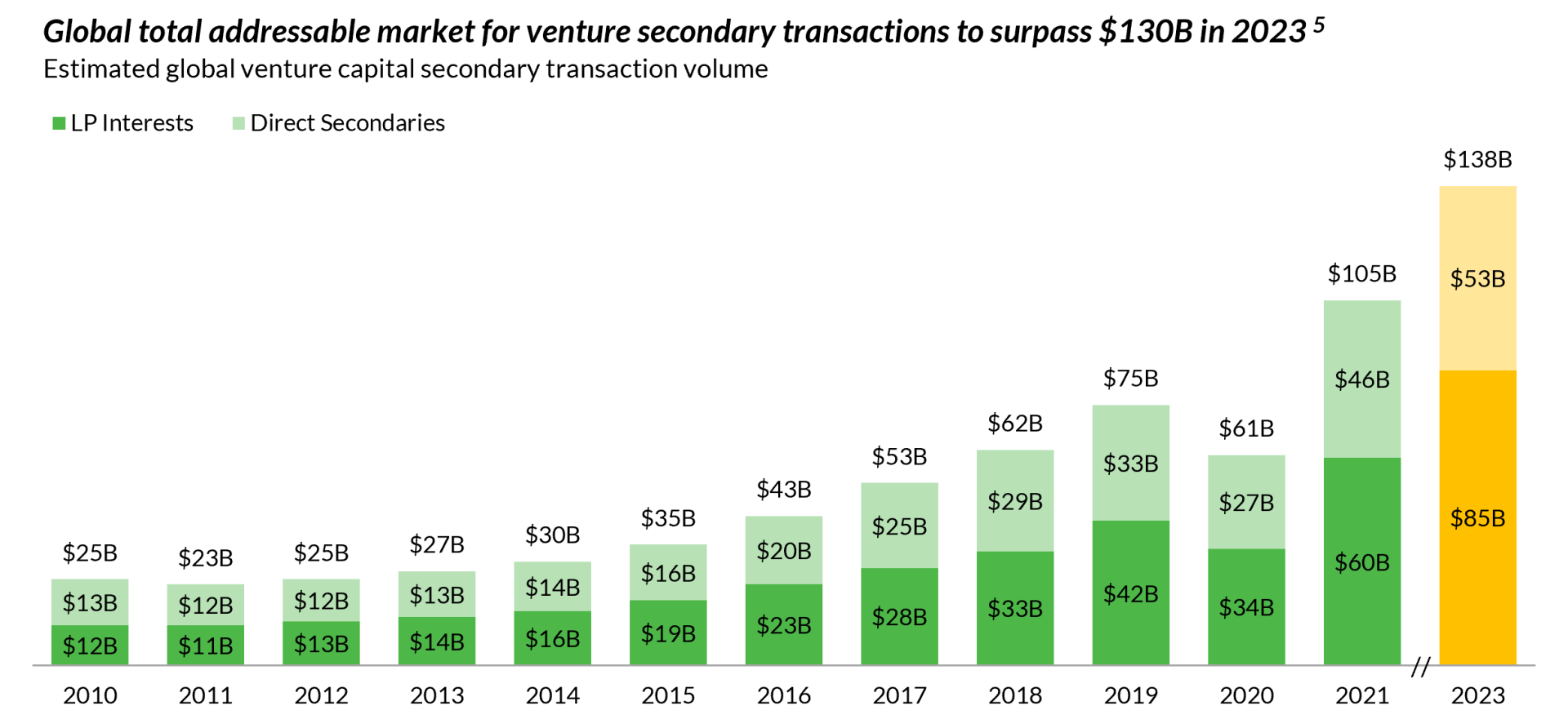 Venture Capital Secondary Market A Hot Investment Opportunity
Apr 29, 2025
Venture Capital Secondary Market A Hot Investment Opportunity
Apr 29, 2025 -
 Willie Nelson Announces New Album Oh What A Beautiful World
Apr 29, 2025
Willie Nelson Announces New Album Oh What A Beautiful World
Apr 29, 2025 -
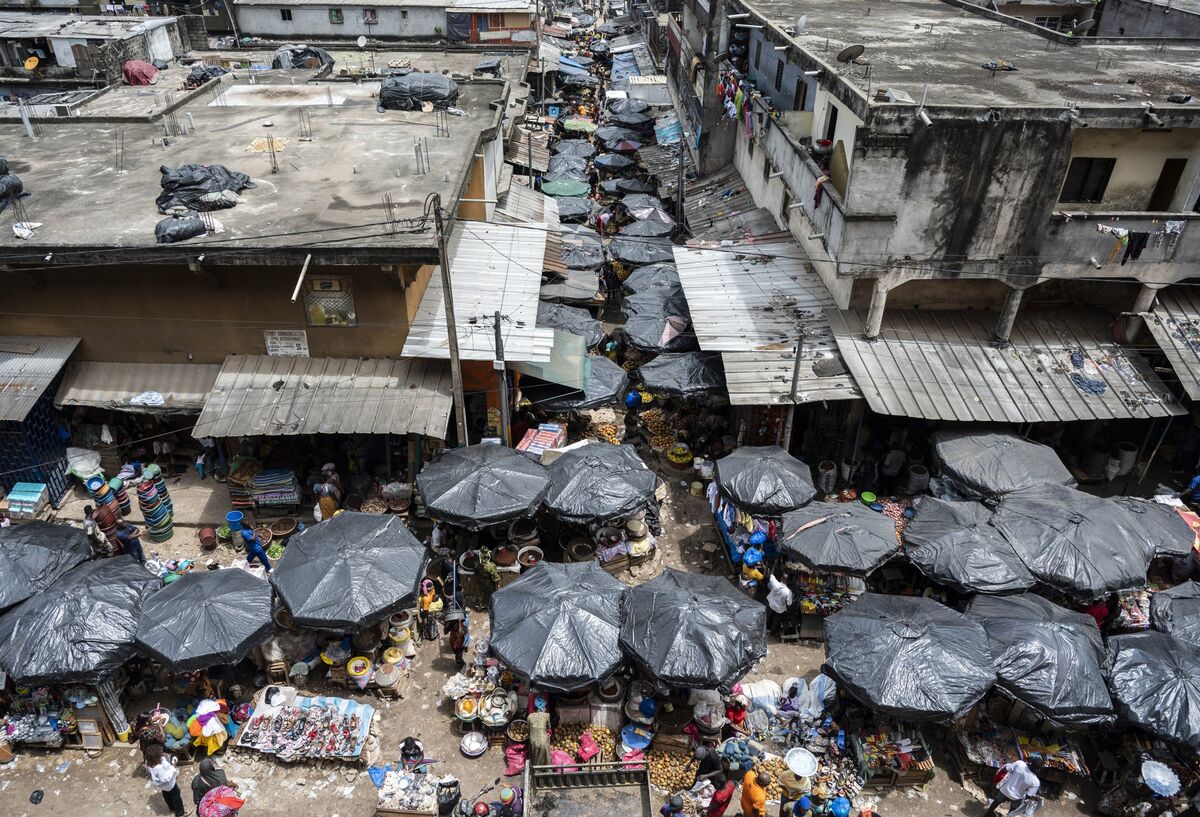 Nine African Countries Affected By Pw Cs Departure
Apr 29, 2025
Nine African Countries Affected By Pw Cs Departure
Apr 29, 2025 -
 Cassidy Hutchinson Jan 6 Hearing Testimony To Feature In Upcoming Memoir
Apr 29, 2025
Cassidy Hutchinson Jan 6 Hearing Testimony To Feature In Upcoming Memoir
Apr 29, 2025 -
 Open Ais Chat Gpt The Ftc Investigation And Its Potential Impact
Apr 29, 2025
Open Ais Chat Gpt The Ftc Investigation And Its Potential Impact
Apr 29, 2025
Latest Posts
-
 Uk Court Ruling On Woman A Turning Point For Sex Based Rights And Transgender Equality
Apr 29, 2025
Uk Court Ruling On Woman A Turning Point For Sex Based Rights And Transgender Equality
Apr 29, 2025 -
 Recently Booked In Geary County April 24 28 Mugshot Gallery
Apr 29, 2025
Recently Booked In Geary County April 24 28 Mugshot Gallery
Apr 29, 2025 -
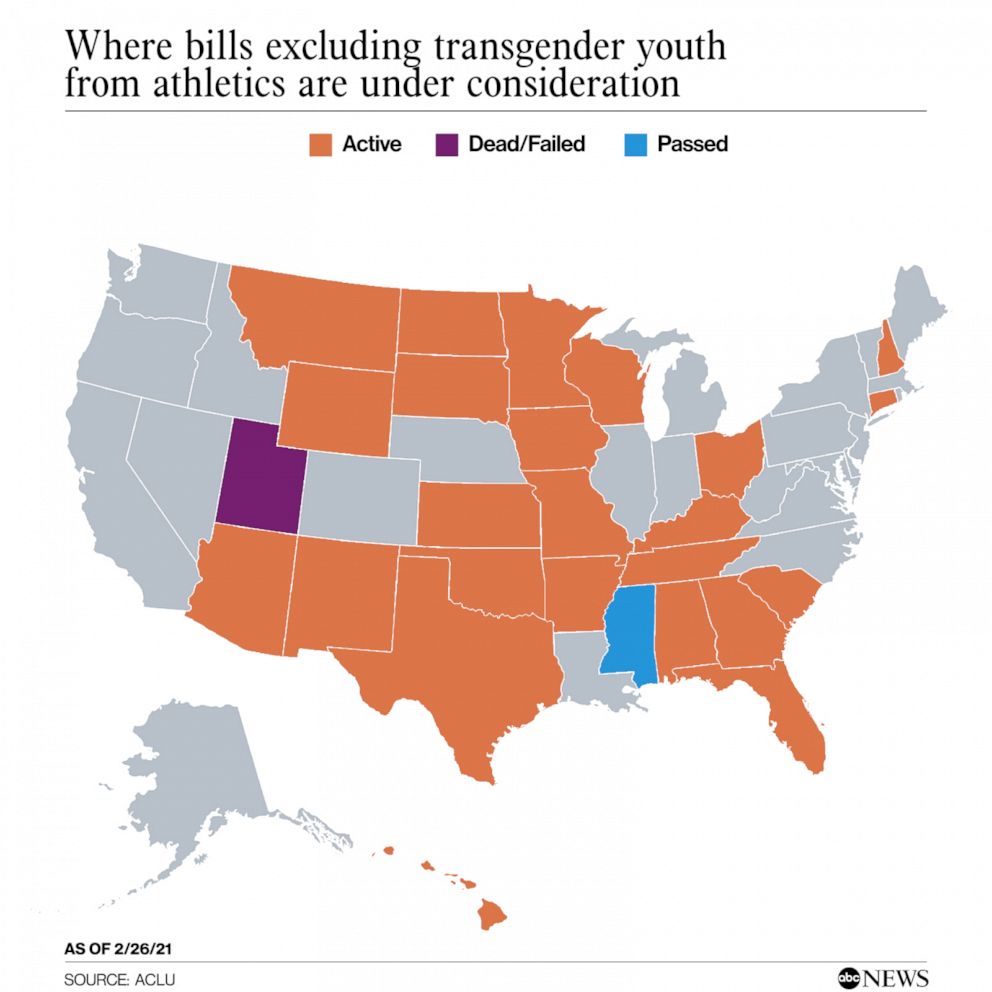 The Uks Legal Definition Of Woman Implications For Transgender Rights And Sex Based Legislation
Apr 29, 2025
The Uks Legal Definition Of Woman Implications For Transgender Rights And Sex Based Legislation
Apr 29, 2025 -
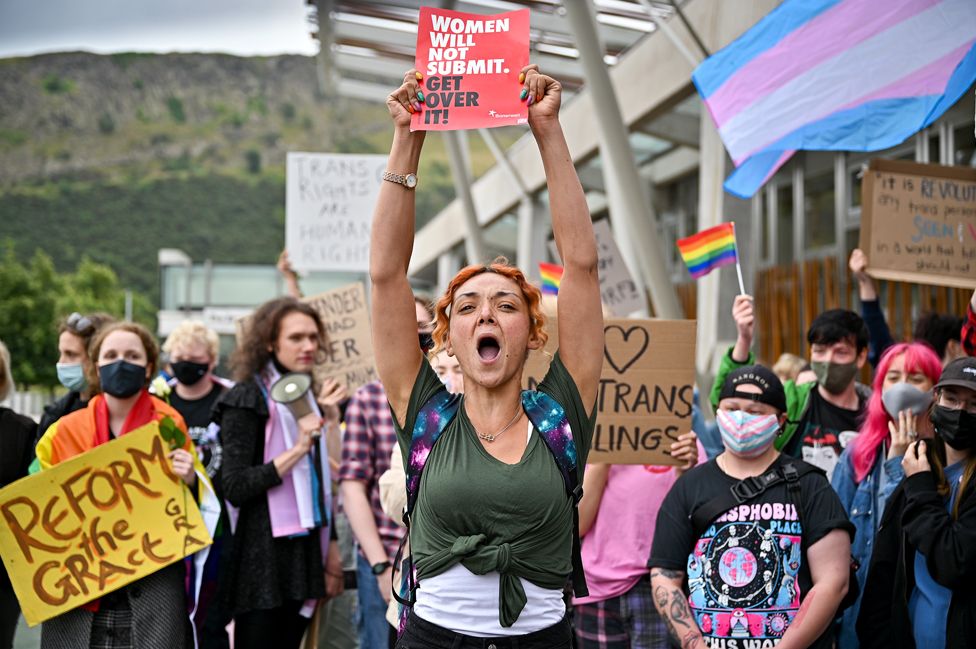 How The Uk Courts Definition Of Woman Could Reshape Sex Based Rights For Transgender People
Apr 29, 2025
How The Uk Courts Definition Of Woman Could Reshape Sex Based Rights For Transgender People
Apr 29, 2025 -
 Uk Courts Definition Of Woman Impact On Sex Based Rights And Transgender Individuals
Apr 29, 2025
Uk Courts Definition Of Woman Impact On Sex Based Rights And Transgender Individuals
Apr 29, 2025
